Oxford University Tour
Explore
Discover the Royal Pavilion in Brighton, a splendid Regency palace with Oriental-inspired architecture. Explore lavish interiors, royal history, and beautiful gardens.
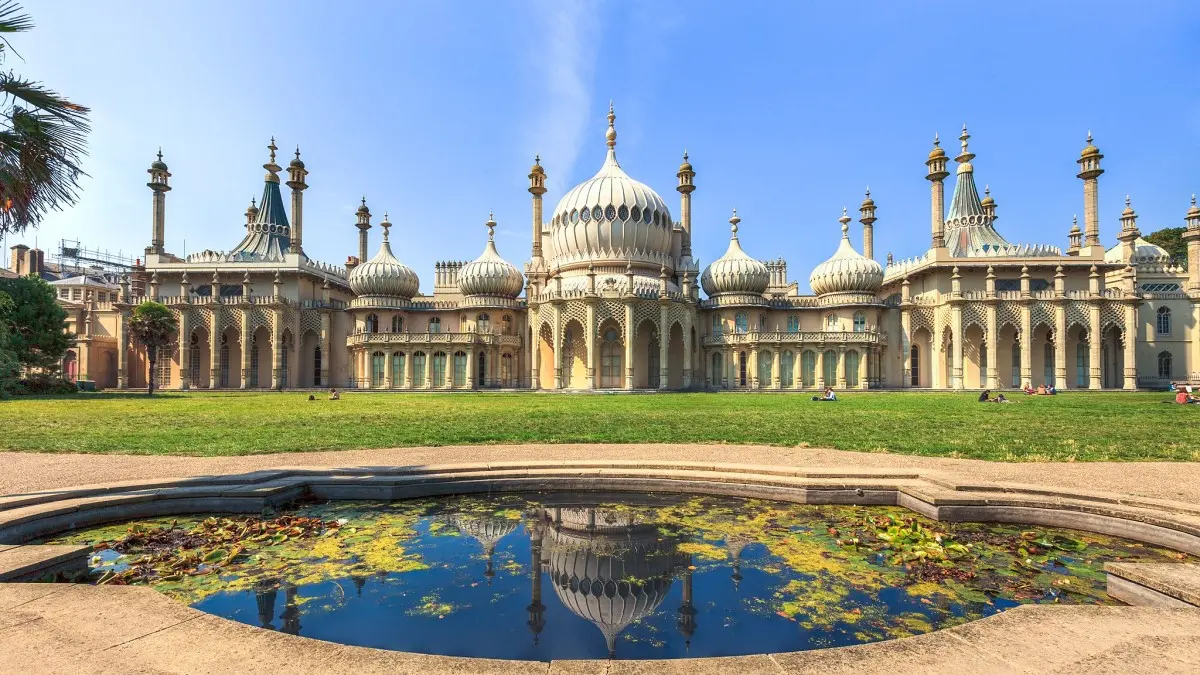
Royal Pavilion, located in the heart of Brighton, is an iconic palace renowned for its exotic blend of Indian and Chinese-inspired architecture. Originally built as a seaside retreat for the Prince Regent (later King George IV), it stands out with its distinctive onion domes, minarets, and lavish interiors. Visitors can immerse themselves in the Regency era’s opulence, exploring rooms filled with gilded dragons, elaborate chandeliers, and sumptuous furnishings.
Inside, each space showcases the creativity of architect John Nash, who transformed the prince’s vision into a remarkable work of art. The Banqueting Room and Music Room are particularly striking, displaying Oriental motifs and intricate designs that made the Royal Pavilion a symbol of indulgence and refinement. Guided tours and interactive exhibits offer insights into the pavilion’s storied past, allowing visitors to learn about its royal connections and cultural significance.
Surrounded by the serene Royal Pavilion Gardens, the palace provides a relaxing escape amid Brighton’s bustling city centre. The gardens, meticulously landscaped, serve as a popular spot for picnics, family outings, and quiet reflection. Whether you’re drawn by history, architecture, or a desire to see one of Britain’s most distinctive royal palaces, the Royal Pavilion promises an unforgettable visit.
Marvel at the palace’s Indo-Saracenic style, complete with domes, minarets, and intricate exterior decorations that make it one of Britain’s most unique royal residences.
Step inside to discover rooms adorned with Oriental-inspired motifs, gilded dragons, and luxurious Regency-era furnishings, reflecting the Prince Regent’s extravagant tastes.
Relax in the landscaped gardens surrounding the palace, designed to complement its striking architecture and offering a tranquil retreat in the city.
Learn about King George IV’s life, the pavilion’s construction, and its cultural significance through informative displays and expert-led tours.
Why not make a weekend of it? Explore Nearby Attractions. Scroll to zoom in or out on map.
Curious about Royal Pavilion? We've compiled answers to the most frequently asked questions to help you uncover the highlights and visitor essentials.
The Royal Pavilion is a historic palace in Brighton, built for the Prince Regent (later King George IV) with Indian and Chinese-inspired architecture.
It’s located in central Brighton, East Sussex, near the city’s main shopping areas and coastline.
You can explore ornate rooms featuring Oriental-themed décor, such as the Banqueting Room and Music Room, filled with Regency-era furnishings.
Yes, there are restrooms, a gift shop, and the Royal Pavilion Tearoom, offering refreshments and light meals.
Nearby attractions include Brighton Pier, the Brighton Museum & Art Gallery, and the Lanes shopping area.
Make your trip unforgettable by exploring these nearby attractions during your visit.
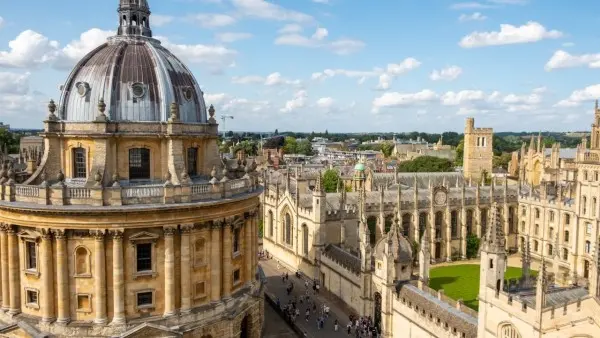 Oxford
Oxford
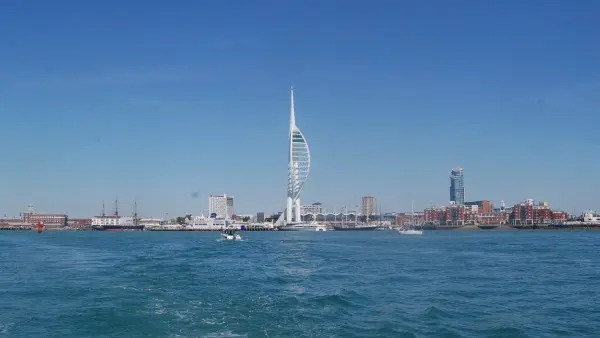 Portsmouth
Portsmouth
 Isle of Wight
Isle of Wight
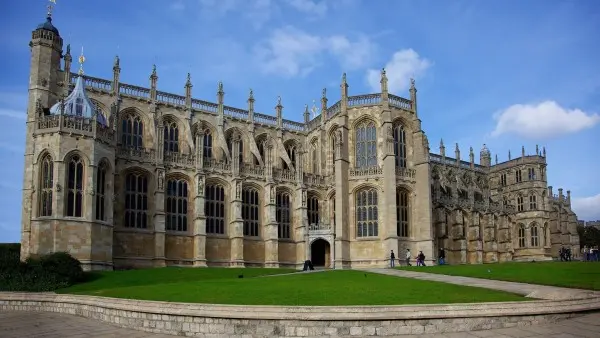 Windsor
Windsor
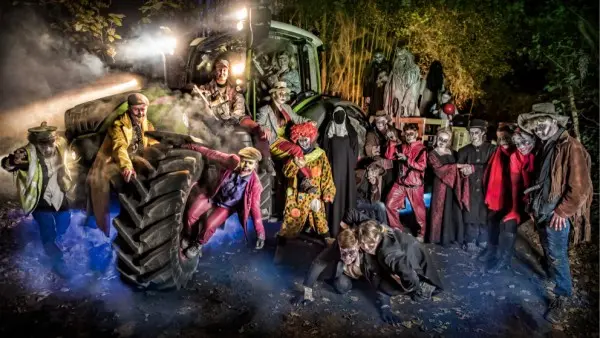 Crawley
Crawley
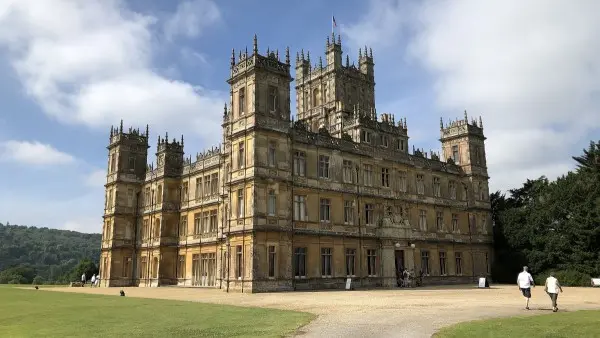 Newbury
Newbury
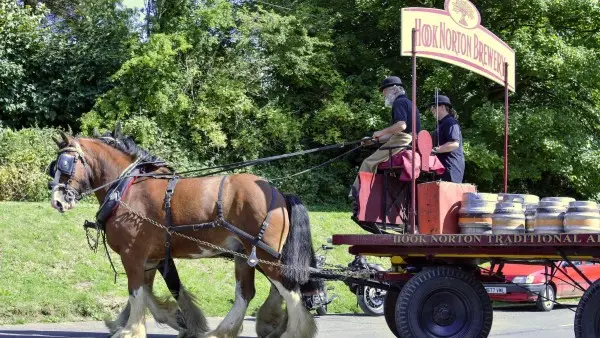 Hook Norton
Hook Norton
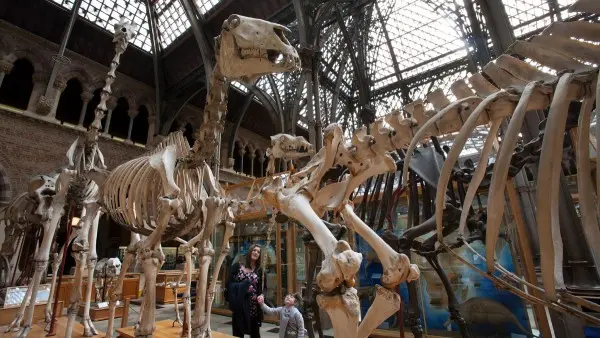 Oxford
Oxford
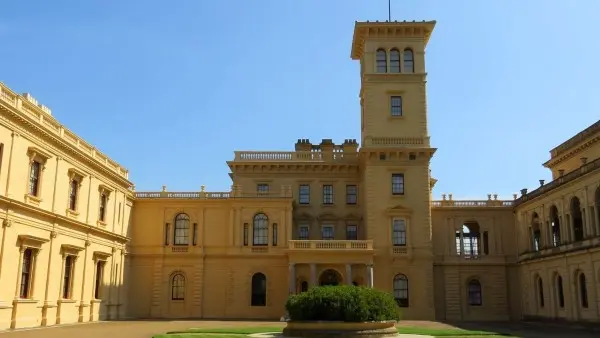 Isle of Wight
Isle of Wight
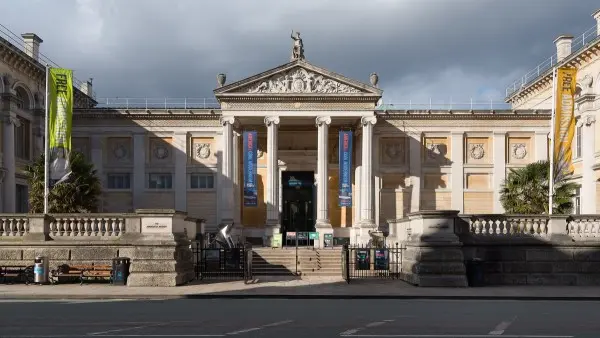 Oxford
Oxford
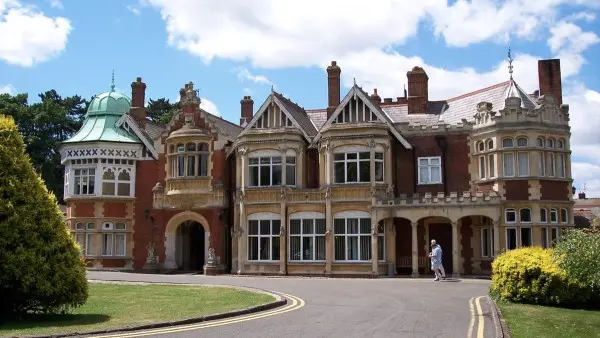 Milton Keynes
Milton Keynes
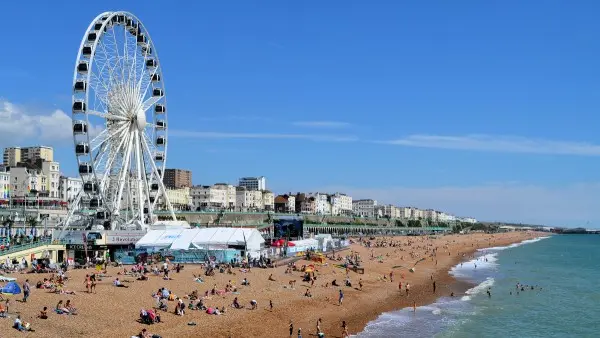 Brighton
Brighton